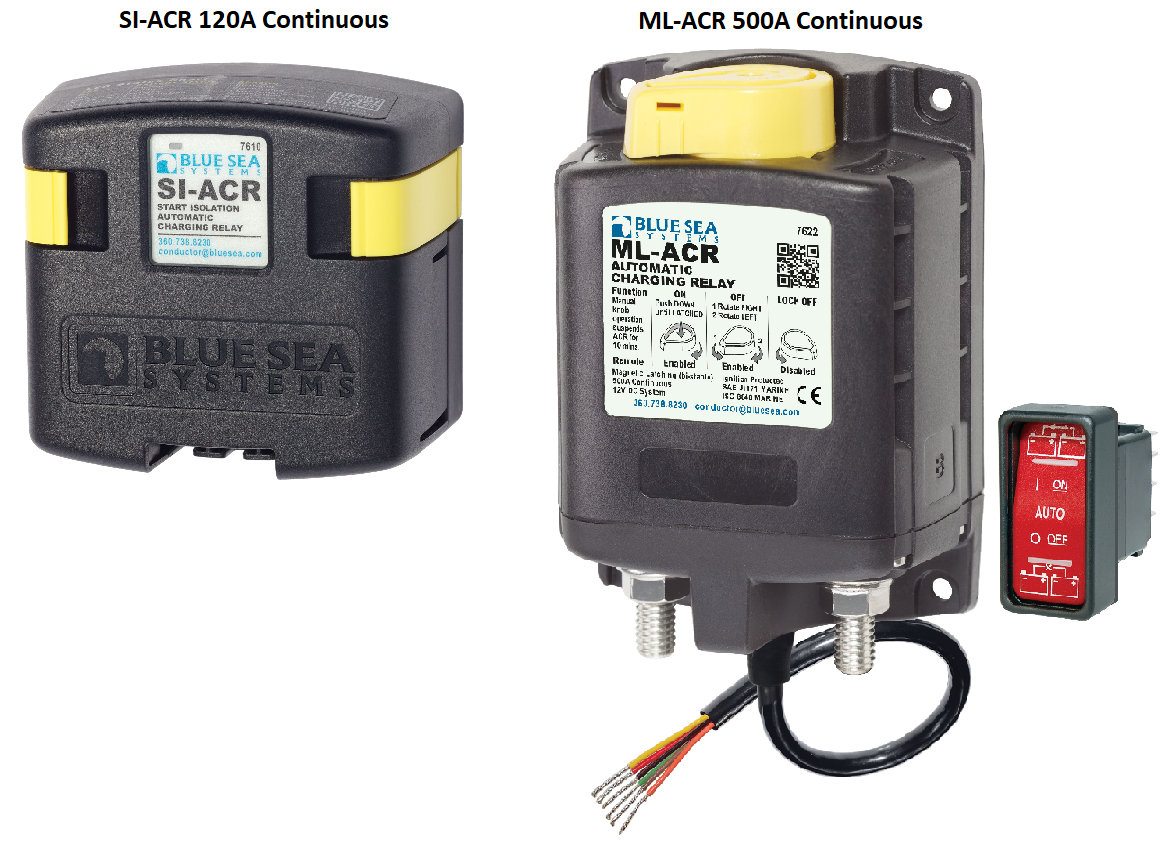Thank you!
Yes, my Positive and Negative Cables, from the Switch, are directly attached to Battery 1. Then I just used cables from the Battery 1 to connect to Battery 2. Even the diagram I have shows this set up. HOW DID I MISS THIS!
I’ll be redrawing my diagram to show the Negative (Yellow) from the switch going to the Negative of Battery 2, then a cable to Battery 1.
And your both right, I have probably reached the end of life for all the batteries based on this setup.
Time to reconfigure.
Thank you all again!
Yes, my Positive and Negative Cables, from the Switch, are directly attached to Battery 1. Then I just used cables from the Battery 1 to connect to Battery 2. Even the diagram I have shows this set up. HOW DID I MISS THIS!
I’ll be redrawing my diagram to show the Negative (Yellow) from the switch going to the Negative of Battery 2, then a cable to Battery 1.
And your both right, I have probably reached the end of life for all the batteries based on this setup.
Time to reconfigure.
Thank you all again!



